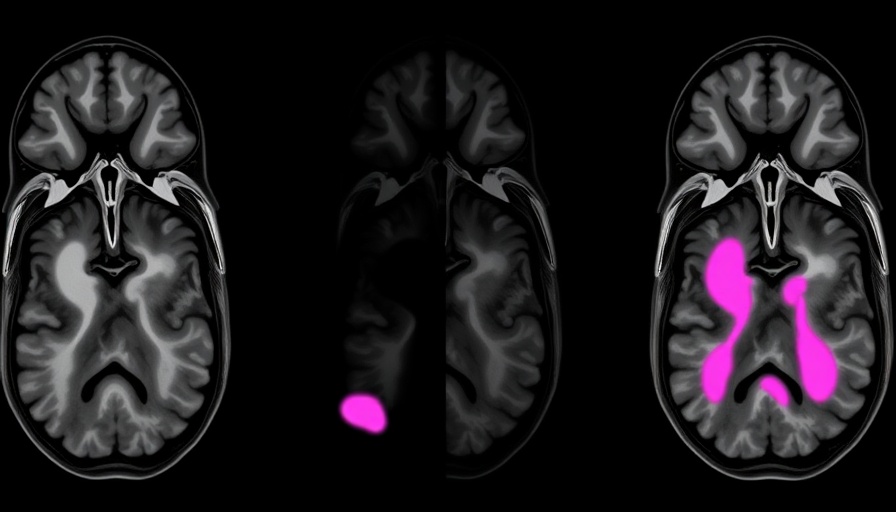
Bees and Their Remarkable Flight Mechanics
Recent research from the University of Sheffield has unveiled astonishing insights into the flight mechanics of bees and their implications for artificial intelligence (AI). As these tiny creatures navigate through their environment, their movements play a crucial role in sharpening brain signals that enhance their ability to recognize complex visual patterns, like the distinct markings of a flower or the arrangement of a hive. The groundbreaking study constructed a digital model of a bee's brain, demonstrating that the synergy between movement and neural processing fosters remarkable efficiency. This newfound understanding transforms our perception of intelligence, revealing that even the smallest of brains can perform intricate tasks.
How Bee Brains Inspire Next-Generation AI
The study highlights a fascinating perspective: intelligence doesn't solely rely on size or power but is instead a function of how organisms interact with their environment. Engineers and AI developers are now looking to harness these natural designs as they build future systems that prioritize movement-based information processing over extensive computational resources. This paradigm shift suggests that robots equipped with such capabilities could substantially outperform their larger, power-hungry counterparts, reflecting a more streamlined approach to automated tasks.
The Implications of Movement-Based Intelligence
By applying the principles learned from bee cognition to AI design, researchers envision a future where machines learn and adapt akin to living organisms. The efficiency of bees, which have just a fraction of the neuronal connections compared to larger animals, invites engineers to re-evaluate the architecture of AI systems. This shift may lead to widespread advancements in robotics, self-driving vehicles, and smart technologies capable of navigating complex environments with minimal input and maximum output.
Revolutionizing AI through Biological Insights
Professor James Marshall, who led the research, emphasized that tapping into nature's wisdom could redefine our approach to AI. The compact yet sophisticated nature of bee brains serves as a reminder that simplicity can be mighty. Future innovations might not only produce smarter machines but also transform existing methodologies, ultimately leading to systems that understand their surroundings and react more effectively to changing conditions.
Potential Applications in Industry
As we grasp the significance of movement-based learning and perception, industries ranging from agriculture to transportation stand to benefit significantly. For instance, agricultural drones designed with bee-inspired AI could adeptly identify crop health and optimize resource allocation efficiently. Similarly, autonomous vehicles could integrate such systems to navigate urban landscapes fluidly, enhancing their safety and reliability.
Comparative Analysis: Bees versus Conventional AI
This research introduces a critical conversation about the limitations of traditional AI approaches, where heavy reliance on powerful processors often results in elevated costs and energy consumption. The contrast presented by bees—whose brains operate effectively on minimal resources—could prompt a revolutionary wave of engineering that prioritizes sustainability. As urban areas, like Dallas, increasingly seek efficient technological solutions, these insights may guide local innovators and policymakers in shaping the future of smart infrastructure.
Living in Dallas: Embracing Technological Advancements
As the tech scene in Dallas evolves, integrating innovations inspired by nature will be crucial for local advancements. Influencers and technological experts in Dallas are already exploring methods to enhance the city's adaptability and functionality, advocating for designs that encapsulate the efficiency seen in the natural world. Residents in the Dallas area can look forward to a future where technology harmonizes seamlessly with their daily lives.
Conclusion: The Future Awaits
In conclusion, the remarkable findings surrounding bee brain efficiency open new avenues for AI development. As researchers continue to draw inspiration from nature, it stands to reason that the robots and systems of tomorrow could outperform our current technologies, paving the way for a smarter and more efficient future. To keep up with these advancements, engage with local initiatives, support innovations, and actively participate in discussions about the future of technology in Dallas.
 Add Element
Add Element  Add Row
Add Row 



Write A Comment